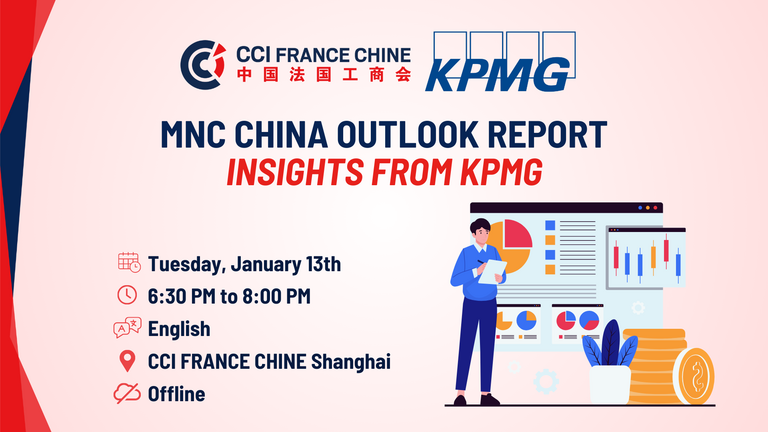Sectors & markets
Cracking China's Retail Market: A Roadmap

Where to start when looking to enter a market as vast, fast-paced, and unique as China's?

Its complex regulations and distinct market conditions can be overwhelming even for experienced executives. As a consultancy that offers end-to-end support in advisory as well as outsourced services, we’ve accompanied many international companies along their China journey from their very first step.
Below, we have summarised a typical roadmap, hoping that it helps you approach your China entry and expansion in a structured way. In each step, we have included some of the key questions that we commonly advise our clients to consider.
1. ANALYZE THE MARKET
Market sizing, drivers and trends: Regulations are powerful market drivers in China, but they can change overnight. How far should you base your investment decision on policy?
Competitor benchmarking: What lessons can you learn from rising local contenders (both direct competitors and successful players in related categories/segments)?
Customer insights: In China’s “new retail” age, radically customer-centric models win. How can you go beyond a “good-enough” understanding of local consumers?
One of our first questions to clients at this initial stage is: have you registered your trademark in China? Many assume this can be done later on, in the legal setup stage, but that’s a big misconception. One client, a European sports gearmanufacturer, recently won the rights to commercialise their brand in Chinaafter a 15-year legal battle against a local “trademark squatter”. Chinese law protects the “first to file”, regardless of whether they can prove intellectual ownership. So it’s never too early to file your trademark in China!
2. CHOOSE YOUR STRATEGY
Channels and market entry methods: Should you “test the waters” by selling on a cross-border e-commerce platform first? When is it time for offline distribution or an own store?
Location search: Where should you open your retail store to ensure the right positioning, and where should you locate your office(s) to access the right talent?
Distributor search: Should you use a broad distributor network or enter into exclusive contracts? Do you need different partners for online and offline?
When it comes to a distributor strategy, there’s no one-size-fits-all solution. We usually recommend a multi-distributor approach for reasons such as risk management and geographical coverage. But sometimes, we advise smaller niche brands to choose fewer, larger partners who will have the scale and capital needed to push alesser-known brand.
3. SET UP YOUR OPRATIONS
Legal setup: Is opening a Wholly Foreign Owned Enterprise (WFOE) necessary to carry out your planned activities? Even selling online-only may require it.
Hiring and outsourcing: Local talent is key for effective online sales and marketing. Should you build up an in-house team or fully outsource these functions?
Systems and processes: In an omnichannel “new retail” setup, how can you ensure synergies and seamlessness between online and offline, instead of friction and silos?
"New retail" sounds complex but it doesn’t have to be. Before worrying about AR interfaces to capture customer insights, start by having a solid ERP system that synchronises your online and offline inventory and gives you real-time visibility of sales trends. This alone can ensure on-demand stock availability and tailored product assortments. That’s omnichannel seamlessness at its simplest.
4. EXPAND & OPTIMISE
Ongoing market analysis: Are you collecting enough real-time consumer data and regular market insights to inform your R&D, supply chain, and marketing?
Organisational transformation: Could changes in your organisation’s culture, structure, processes, or tech help you unlock agility to meet the pace of the Chinese market?
M&A and strategic partnerships: Should you consider new partnerships or M&A to achieve a solid omnichannel strategy more quickly?
By partnering with Tmall, Unilever China leveraged data about buyer preferences to co-create a new skin cleansing product, “Purifi”,in only six months – a fraction of their usual product development cycle of 24-36 months. But data and digital partnerships are not the only fast-track path. We have helped many clients unlock agility internally by performing“Corporate Healthchecks” to identify and tackle inefficiencies that hamper their speed to market.
Article provided by


